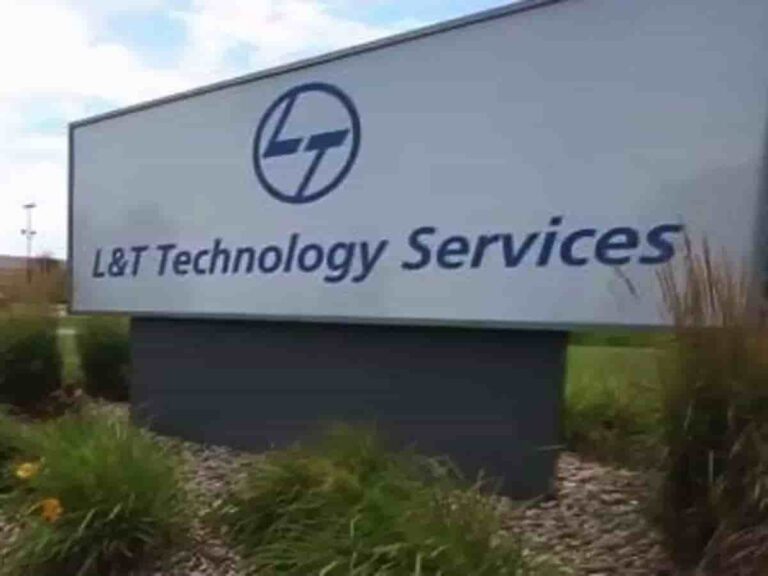Opportunities for technology investment in Australia’s GTE sector
Australia’s renewable energy sector has a significant opportunity to deploy climate-friendly technology, according to a report from the CSIRO and AEMO.
The report finds that Australia can meet its 2030 commitments without overly impacting consumers’ bills. However, there would need to be an additional AU$32 in investment per megawatt-hour (MWh) compared with a business-as-usual scenario. it includes increased spending on storage technologies and supply-side measures such as solar PV panels.
The Australian government is investing AU$1.9 billion in renewable energy technologies and the development of an energy grid that is more distributed, digitized, and decarbonized.
The Australian government is investing AU$1.9 billion in renewable energy technologies and the development of an energy grid that is more distributed, digitized, and decarbonized.
The government’s focus on innovative technology is a significant change from previous policies, which focused on large-scale generation projects such as coal-fired or nuclear power stations. The new plan aims to encourage innovation across all parts of our electricity system – from transmission networks to storage facilities – while also encouraging investment into smaller-scale distributed generation projects (smaller than 100MW).
The investment will also seek to deliver a more innovative and flexible network, create new jobs and business opportunities, lower power prices for households and businesses, and reduce emissions.
The investment will also seek to deliver a more innovative and flexible network, create new jobs and business opportunities, lower power prices for households and businesses, and reduce emissions.
As the project develops, Job creation is estimated to be at least 5,000 during construction (1 year equals ten months). Plus, After 2022, the system will create another 2,500 jobs.
It will achieve Australia’s international commitment to reduce emissions by 26% to 28% below 2005 levels by 2030.
Australia’s national emissions target is 26% to 28% below 2005 levels by 2030. The targets are based on the Paris Agreement, which states that countries should aim to reduce their greenhouse gas emissions by 26% from 1990 levels by 2030, and then increase them to zero before 2050.
The Australian government has committed itself to achieving this reduction through a series of measures, including:
- reducing land clearing for agriculture;
- reducing methane emissions from farming and other activities;
- increasing energy efficiency in buildings; and
- investing in renewable energy sources such as solar panels or wind farms.
According to a report by the CSIRO and AEMO, Australia can meet its 2030 commitments without overly impacting consumers’ bills.
According to a report by the CSIRO and AEMO, Australia can meet its 2030 commitments without overly impacting consumers’ bills.
The report found that there would need to be an additional AU$32 in investment per megawatt-hour (MWh) compared with a business-as-usual scenario. It includes increased spending on storage technologies and supply-side measures such as solar PV panels.
However, the report found that there would need to be an additional AU$32 in investment per megawatt-hour (MWh) compared with a business-as-usual scenario.
However, the report found that there would need to be an additional AU$32 in investment per megawatt-hour (MWh) compared with a business-as-usual scenario. The first step in achieving this is to increase spending on storage technologies and supply-side measures such as solar PV panels.
The GTE sector has identified opportunities for technology investment in Australia GTE sector, with around $8 billion worth of projects under consideration over the next five years.
Investing in storage technologies and supply-side measures such as solar panels are examples.
As you can see in the table above, there are many opportunities for technology investment in Australia’s GTE sector. Among these measures are increased expenditures on storage technologies and supply-side measures like solar PV panels.
Solar PV panels are an essential part of the solution, but they’re not a panacea. Australia is well suited to solar PV panels because we have abundant sunlight and ideal conditions for manufacturing them (including low energy prices). But if you want your investment to last longer than one season—or even five years—you’ll need another way to manage variability: storage technologies.
Australia has a significant opportunity to deploy climate-friendly energy technology.
Australia has a significant opportunity to deploy climate-friendly energy technology.
Australia can meet its international commitment to reduce emissions by 26% to 28% below 2005 levels by 2030. Therefore, electric power generation, hydroelectric power, and heat/cooling (including buildings) will need to implement emission-reducing technologies quickly.
Conclusion
In addition to the investment in renewable energy technologies, Australia’s GTE sector is also looking to use digital technology to improve efficiency in its operations. As a result, consumers and businesses can benefit from these technologies, simultaneously reducing costs and pollution.







